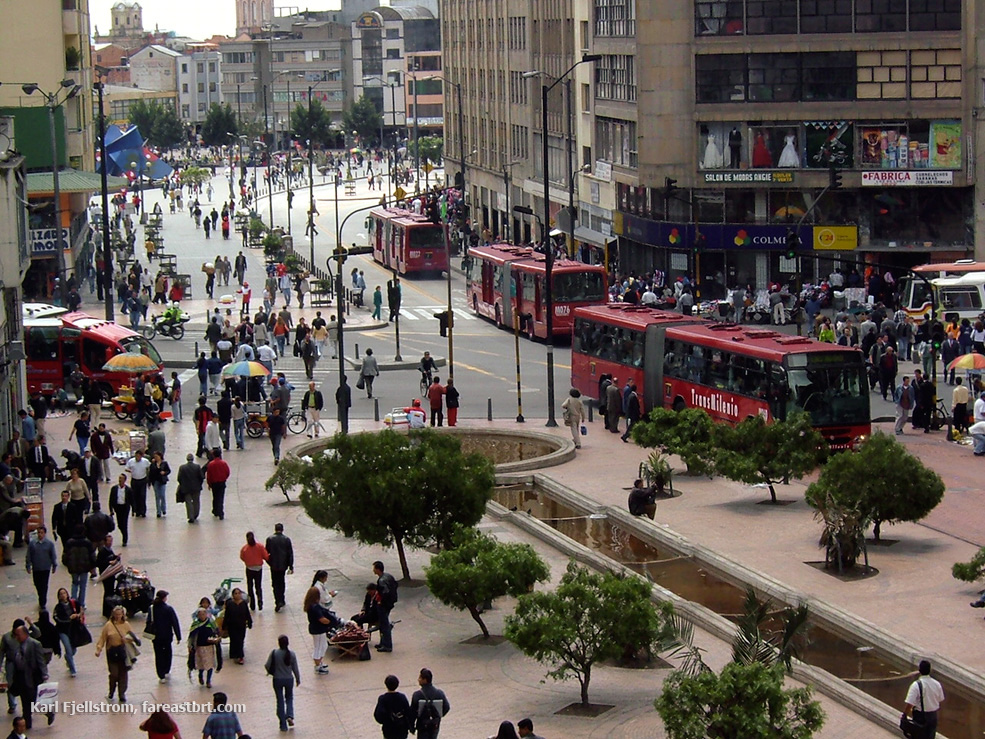
The Ministry of Environment and Energy has decided to include in the long-awaited bill for urban regeneration the urban “tool” for the development of pedestrian shopping centers, the so-called “Transit Malls”. In essence, this is a complex of shopping streets, or a shopping street where, unlike the classic shopping sidewalks, like Athens’ “Ermou” Street, the transit of public transport is exceptionally allowed.
Thus, as part of a regeneration program of an area, a highway can be converted into a Commercial Street – Transit Mall if it is located in a central area with a mixture of trade, culture, leisure, etc., or in an area of tourist interest, provided that it will integrate a mass transit line and support many activities. In addition, in order for a street or a complex of streets to become a “Transit Mall”, there must be space for the formation of public gathering points and for stopping points for cyclists and users of micro-mobility means.
According to the proposal formulated by the ministry, which is expected to be included in the draft law on urban regeneration, the conversion of such a road into a commercial street can be provided, although it will not be a condition, at an advanced stage of spatial planning – ie the master plan , in the Local Urban Plans, the implementation of which starts with funds of the Recovery Fund and is estimated to be completed in 2025, or in the Sustainable Urban Mobility Plans. A “Transit Mall” can be a separate intervention and be included in an overall plan for the regeneration of an area.
How to build “Transit Malls”
According to the proposal tabled by the office by the Deputy Minister of Environment and Energy Mr. Nikos Tagaras, the first step will be the characterization and institutionalization of the road where the movement of pedestrians, bicycles, small vehicles and mass transit means will be allowed and the movement of other vehicles will be prohibited. From the vertical roads to the first right turn (road with exclusive mass transit traffic). Emergency vehicles will be allowed to drive on this road.
Otherwise it can be done by modifying the approved road plan and by designating the road as a “common area – shopping street – transit mall” with mass transit means allowed , only if deemed necessary. The second procedure is recommended in special cases, ie when it is required to change a built up area to a common space, when it is not provided in the approved road plan, and it is deemed necessary to join the “Commercial Road – Transit Mall”, or in case of extension or modification of size, boundaries, shape and permitted uses.
Then, with a regulatory decision of the Municipal Council the speed limit in “Commercial Street – Transit Mall” will be determined at 30 km / h, the allowed movement of vehicles (only until the first intersection they will meet for a right turn), its operating rules for the loading and unloading of vehicles and finally, the concession regulation for the placement of tables and seats of food service venues.
The level of the road, if the presence of pedestrians is strong, can be the same with the level of the sidewalks. Also, pedestrian crossings will be constructed at each intersection. If the level is uniform, then pedestrians, cyclists and small vehicles will move across the width of the road and will have priority over mass transit means. There will also be the possibility – depending on the width and configuration of the road – of constructing an additional bike lane along it and next to the mass transit lane.
The model of open shopping malls began to be widely adopted – Germany, Britain, Sweden, Switzerland, France, Denmark, USA, etc. – mainly from the 70’s onwards, although some “open malls” had preceded the creation of the previous decades in Germany, the Netherlands and the USA. The aim is to improve mobility in city centers, reduce vehicles, highlight areas and boost trade, increase urban greenery and reduce the effect of the thermal island (point increase in temperature due to cement) in densely populated neighborhoods. .
Latest News

Economist: Greece Included in the Best Performing Economies in 2024
Meanwhile, Northern European countries disappoint, with sluggish performances from the United Kingdom and Germany.
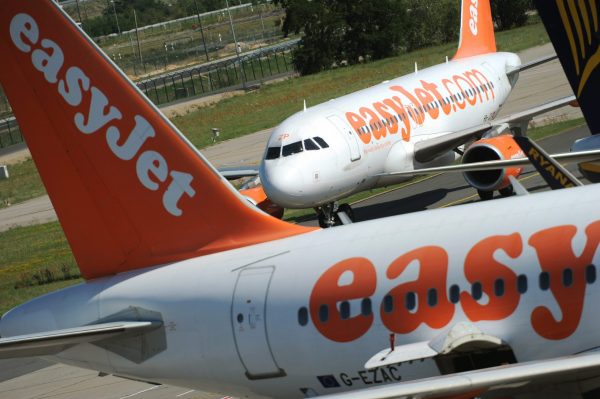
EasyJet Expands Its Routes from Athens
The airline’s two new routes will be to London Luton and Alicante and they will commence in summer 2025.

Capital Link Forum Highlights Greece’s Economic Resurgence; Honors BoG Gov Stournaras
Capital Link Hellenic Leadership Award recipient, Bank of Greece Gov. Yannis Stournaras, an ex-FinMin, was lauded for his pivotal role during Greece’s economic recovery

Tourist Spending in Greece Up by 14%, Visa Card Analysis Shows
Greece’s capital Athens emerged as the most popular destination, recording a 17% increase in transactions with Visa cards, surpassing even the cosmopolitan island of Mykonos.

Inflation in Greece Unchanged at 2.4% in Nov. 2024
The general consumer price index (CPI) posted a 0.4% decrease in November compared to the previous month
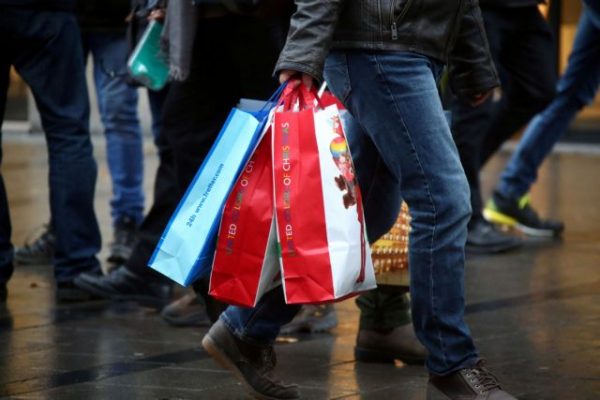
2024 Christmas Holidays: Extended Shop Hours Schedule
The 2024 Christmas Holidays extended shop hours schedule commences on Thursday, December 12 and runs until the end of the year.

ELSTAT: Seasonally Adjusted Unemployment Down in October
The number of employed individuals reached 4,284,694, an increase of 67,723 compared to October 2023 (+1.6%) and 22,002 compared to September 2024 (+0.5%).

Greek PM’s Chief Economic Adviser Resigns
In the post on his Facebook page, Patelis did not disclose the reasons that led him to step down.

“Masdar Invests in the people of Greece and in the vision of TERNA ENERGY”
Four messages from the CEO of Masdar, the Arab renewable energy giant, after its acquisition of 70% of TERNA ENERGY

Lloyd’s List Greek Shipping Awards 2024: Honors for leading companies and personalities in the Greek shipping sector
20 awards presented at the 21st annual Lloyd's List Greek Shipping Awards

















![Χειμερινή εξοχική κατοικία: Οι Ελληνες γυρνούν την πλάτη παρά την πτώση των τιμών [γραφήματα]](https://www.ot.gr/wp-content/uploads/2024/12/Capture-19-90x90.jpg)














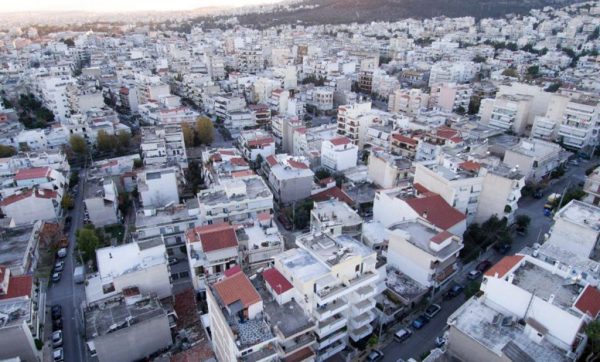

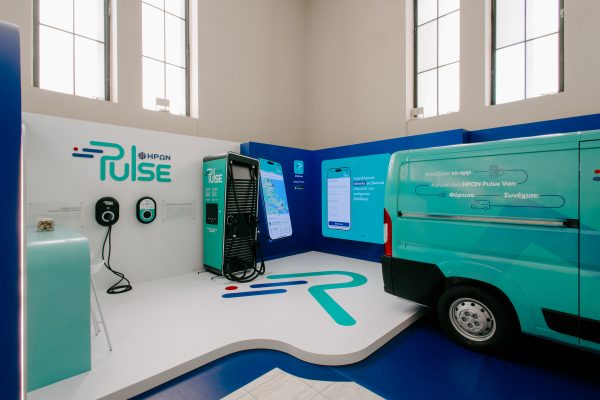




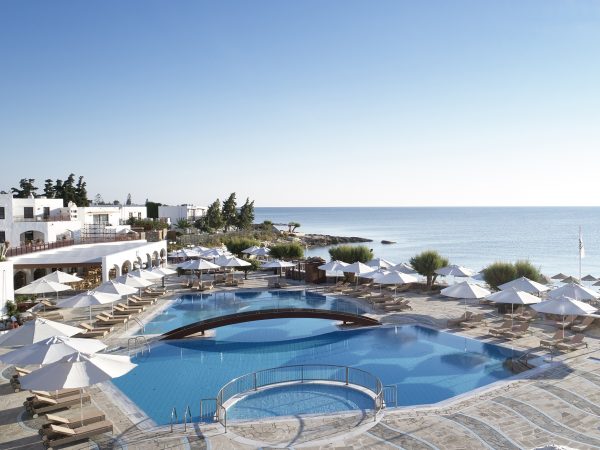

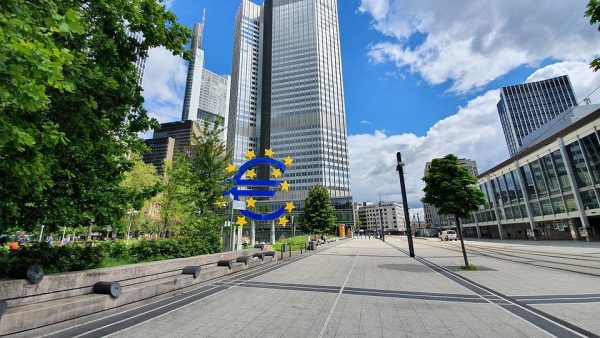
 Αριθμός Πιστοποίησης Μ.Η.Τ.232433
Αριθμός Πιστοποίησης Μ.Η.Τ.232433